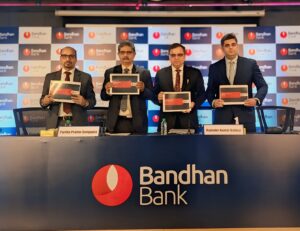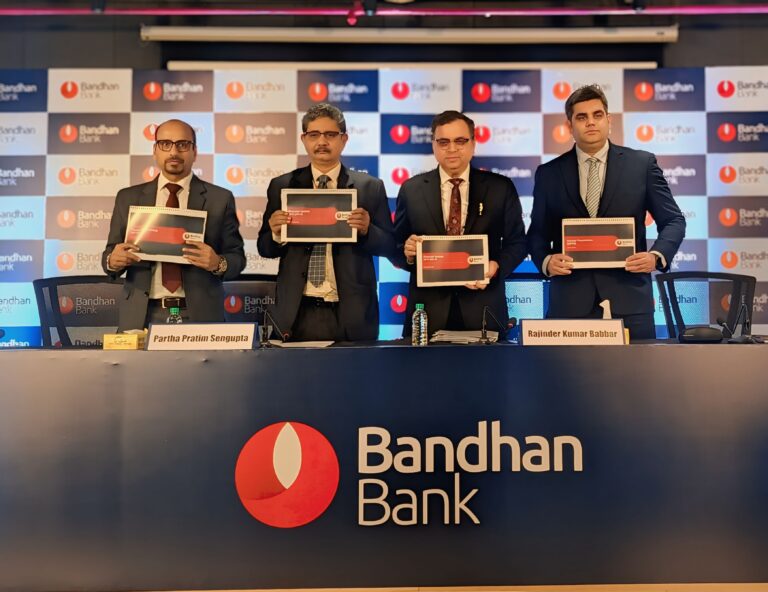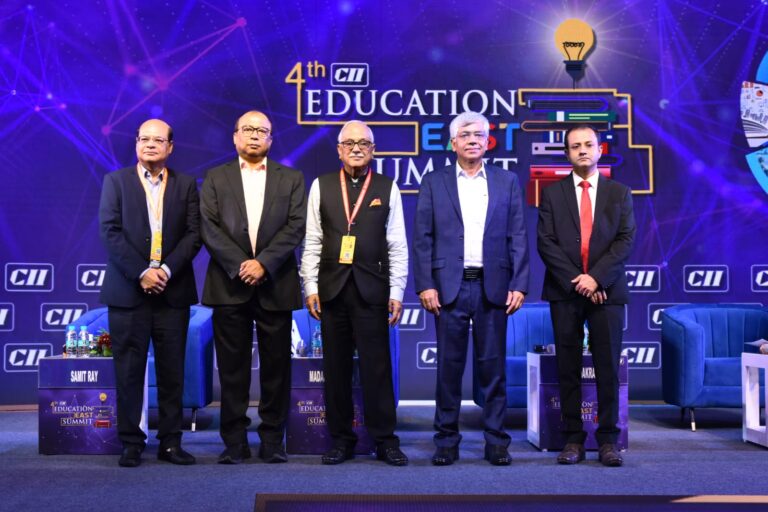
Kolkata, October 29, 2025 – Stroke, once considered a disease of old age, is now striking Indians in their 30s, 40s, and early 50s, disrupting careers and lives at their peak, warns Dr. Kaushik Sundar, Consultant in Neurology & Interventional Neurology and Clinical Lead for Comprehensive Stroke Care at Narayana Health, Kolkata, Mukundapur | Howrah
The alarming trend gained national spotlight after Bollywood superstar Salman Khan disclosed his diagnosis of a brain aneurysm and arteriovenous malformation—abnormal blood vessels that elevate stroke risk. While not all aneurysms rupture, the revelation has thrust neurological threats into public discourse, underscoring that even the seemingly fit are vulnerable.
“Stroke is the second-leading cause of death in India after heart attacks,” Dr. Sundar stated. “Its sudden onset—one moment fine, the next critical—demands immediate recognition.”
Key Warning Signs (BE FAST Protocol):
- Balance loss or dizziness
- Eyes: sudden vision impairment
- Face drooping on one side
- Arm weakness, especially unilateral
- Speech difficulty
- Time to call emergency services
Every minute of delayed treatment kills nearly 2 million brain cells, Dr. Sundar emphasized.
Why the Young Are at Risk
Modern lifestyles are fueling the surge:
- Uncontrolled hypertension and diabetes
- Obesity and sedentary desk jobs
- Smoking, excessive alcohol, and chronic stress
- Irregular sleep from late-night shifts
Genetic factors and undiagnosed heart conditions further compound risks.
Prevention Remains the Strongest Defense
Up to 80% of strokes are preventable through:
- Regular blood pressure and sugar monitoring
- Balanced diet and 150 minutes of weekly exercise
- Smoking cessation and moderated alcohol
- Annual health screenings starting at age 30
“Consult your doctor to assess personal risk,” Dr. Sundar advised. “Stroke is not inevitable—it’s beatable with awareness and action.”
Healthcare experts urge workplaces to integrate stroke education and emergency protocols, as India faces a looming public health crisis among its productive demographic.





